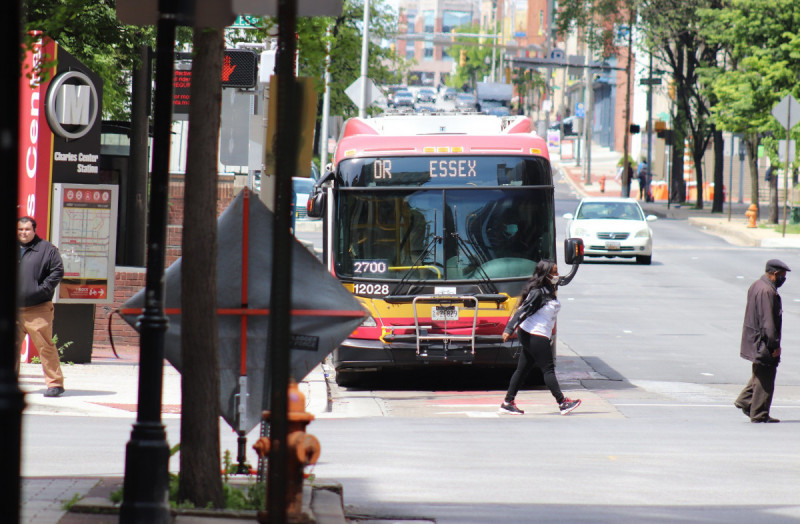Volunteers are working harder as COVID heightens the need for food
by Maria Trovato and Kamisha Walker
Published December 16 in Capital News Service
Excerpt: Outside Henderson-Hopkins School in East Baltimore every Friday, cars line up for blocks and people pushing carts walk up to get fresh food — more than 10,000 pounds of food every week, all gone in a few hours.
In West Baltimore, First Mount Calvary Baptist Church’s fellowship hall has been transformed into a food pantry, crammed with boxes of fruit, vegetables and fresh bread. By the church’s count, it fed more than 18,000 people between May and October.
Volunteers at Govans Presbyterian Church in North Baltimore spend several days a week at Soul Kitchen, preparing 50 to 100 hot meals to distribute outdoors on Sundays.
Food insecurity is far from a new issue in Baltimore, but the spread of COVID-19 — with schools shut and jobs lost — has intensified the problem. The Maryland Food Bank, a non-profit hunger-relief organization, saw its distribution rate increase by 96% over last year’s rate between March and October. It spent $17.5 million dollars on food in that timeframe — a 371% increase compared to last year.
The number of Baltimoreans receiving aid through the Supplemental Nutrition Assistance Program rose 22% between the start of the pandemic in March and August, city officials said.
















